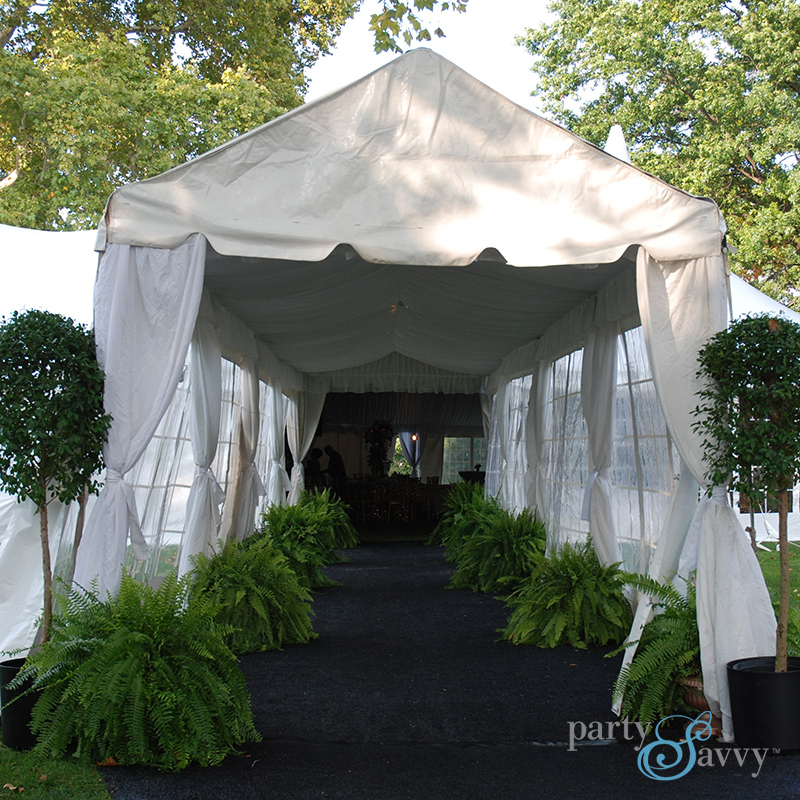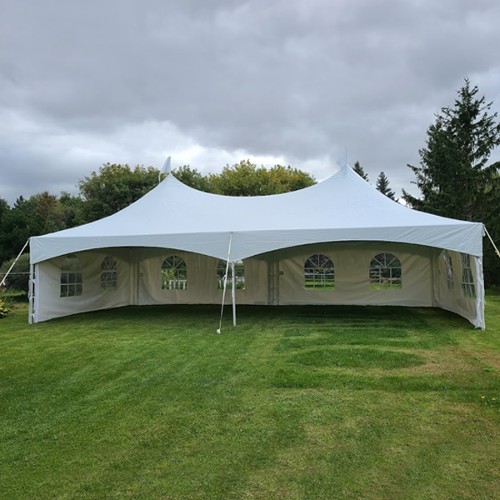Crucial Tips for Setting Up and Preserving Camping Tents
Establishing and maintaining an outdoor camping tent calls for greater than just a basic understanding of outside gear; it requires interest to detail and foresight. From selecting the proper camping site to mastering the complexities of tent throwing, each action is important to make sure a comfy and safe exterior experience. Equipping on your own with vital tools and techniques can make a substantial difference, specifically when it pertains to weatherproofing and long-lasting maintenance. With the best expertise, you can change your camping journeys from simple to impressive. Yet what are the crucial methods to remember for each stage of this procedure?
Picking the Right Camping Area
Picking an ideal campsite is critical for ensuring a secure and positive camping experience. Begin by looking for degree ground, which supplies a comfy and stable sleeping location.

Stick to Leave No Trace concepts by using designated campgrounds whenever feasible, respecting the all-natural setting, and guaranteeing your camping area selection has marginal environmental effect. By carefully assessing these elements, you can improve both the safety and satisfaction of your outdoor camping journey.
Essential Camping Tent Configuration Equipment

Firstly, a reputable tent mallet or hammer is crucial for driving stakes right into numerous ground types. Select a lightweight, sturdy club to relieve the effort needed for securing your outdoor tents. Camping tent risks are one more essential component; bring additional stakes past what features your outdoor tents to make up diverse dirt conditions and unexpected needs.
A ground tarp or impact is necessary for safeguarding the outdoor tents flooring from abrasions and dampness, prolonging the life of your tent. Furthermore, bring a set of spare guylines and tensioners ensures you can adequately safeguard your camping tent, particularly in gusty conditions.
Finally, a multi-tool or a set of basic devices including pliers, scissors, and a knife can be invaluable for taking care of unpredicted adjustments or repair work. Guaranteeing you have these crucial outdoor tents arrangement devices will lead the way for a pleasurable and hassle-free outdoor camping experience.
Understanding Camping Tent Pitching
Understanding the art of camping tent pitching is a basic skill that can substantially enhance your outdoor camping experience. A well-pitched tent uses not only convenience but likewise safety and security, making sure that you are well-protected from the elements and any type of unforeseen disruptions.
Begin by selecting an ideal website: level terrain without rocks, roots, and various other obstructions. Clear the ground of particles to develop a smooth surface for your camping tent. Lay out your tent impact or tarpaulin to supply an extra layer of protection against dampness and abrasions.
Assemble the camping tent poles according to the supplier's guidelines, making certain that each pole is completely prolonged and safely linked - stretch tent hire. Affix the posts to the camping tent body, either by inserting them right into sleeves or clipping them onto hooks, relying on your camping tent's style. Carefully raise the tent, ensuring that it stands uniformly balanced and taut
Bet down the corners of the tent, drawing each corner tight to remove slack. Drive the stakes right into the ground at a 45-degree angle for maximum hold. Finally, connect and tension the man lines, which will certainly add security and assistance to your structure. By complying with these actions diligently, you can accomplish a safe and secure and comfy arrangement for your outdoor camping journey.
Weatherproofing Your Camping Tent
When faced with unforeseeable weather condition conditions, just how can you guarantee your tent stays a trusted sanctuary? Begin by selecting a tent with a durable rainfly that expands well over the sides and reaches close to the ground.
Next, think about the camping tent's material. Fabrics like polyester and nylon are liked for their waterproof properties, however they must be treated with a durable water repellent (DWR) finish. On a regular basis reapply the DWR to preserve its efficiency. Furthermore, a ground tarp or impact under your outdoor tents is important. It supplies an added layer of protection against moisture leaking up from the ground.
Guarantee your tent has enough vents and maintain them open whenever feasible, even during rainfall. Constantly pitch your tent on higher ground, avoiding anxieties where water can pool.
Long-Term Tent Maintenance
Guaranteeing the longevity of your tent requires meticulous and consistent upkeep. Begin by thoroughly cleansing your camping tent after each usage. Clean debris, and use a soft brush to eliminate dust from the material. Spot-clean any type of stubborn spots with a moderate beer bench hire soap solution and lukewarm water, taking treatment to avoid rough cleaning agents that can damage the product.
Dry your outdoor tents completely prior to storage space to avoid mold and mildew. Establish it up in a well-ventilated location or hang it up until every component is dry. Shop your tent loosely in an amazing, dry area far from direct sunshine. Avoid compressing it snugly for long durations, as this can break down the textile and water-proof coatings.

Conclusion
Picking a suitable camping area, making use of essential arrangement tools, and mastering the pitching procedure are crucial for a reliable camping experience. Additionally, weatherproofing the tent and sticking to lasting upkeep techniques, such as cleaning, drying, and inspecting for damages, make sure longevity and performance. Adopting these strategies not only improves comfort and security during outdoor camping yet also adds to the conservation of the tent, permitting for continued enjoyment of exterior adventures.
From choosing the proper campsite to grasping the intricacies of outdoor tents pitching, each action is critical to make certain a comfy and secure outside experience. While being close to a stream or lake is convenient, guarantee you pitch your camping tent at least 200 feet away to decrease the danger of flooding and contamination. Camping tent stakes are an additional important component; bring additional stakes beyond what comes with your camping tent to account for different soil conditions and unanticipated needs.
Connect the poles to the camping tent body, either by placing them right into sleeves or clipping them onto hooks, depending on your outdoor tents's layout. In addition, weatherproofing the tent and sticking to lasting upkeep methods, such as cleansing, drying out, and inspecting for damages, make certain long life and functionality.